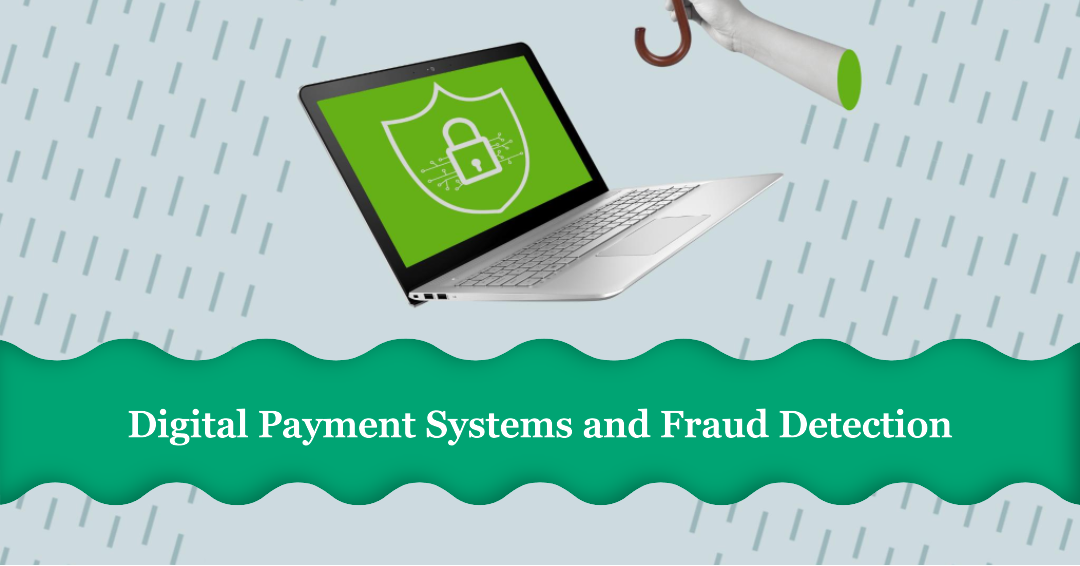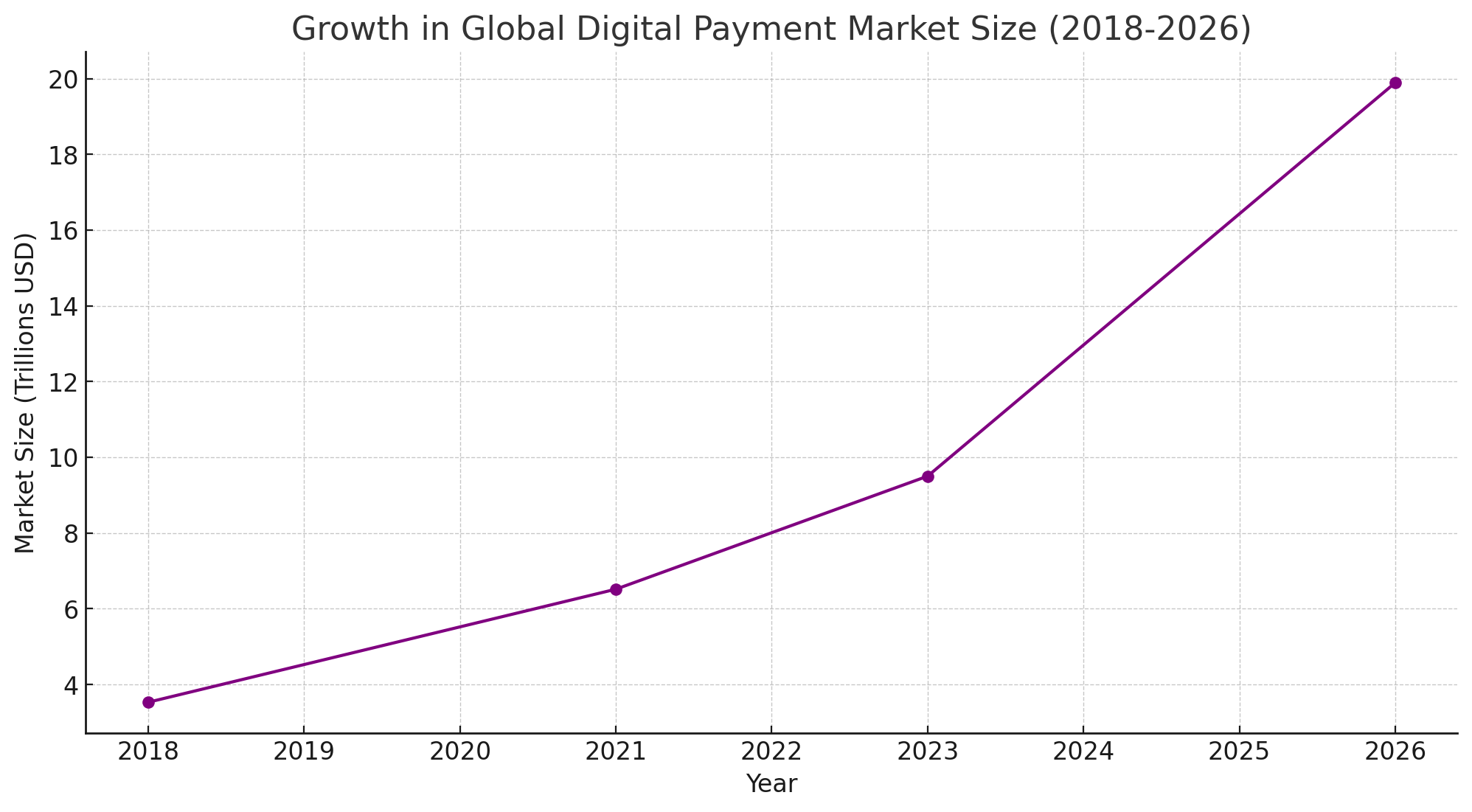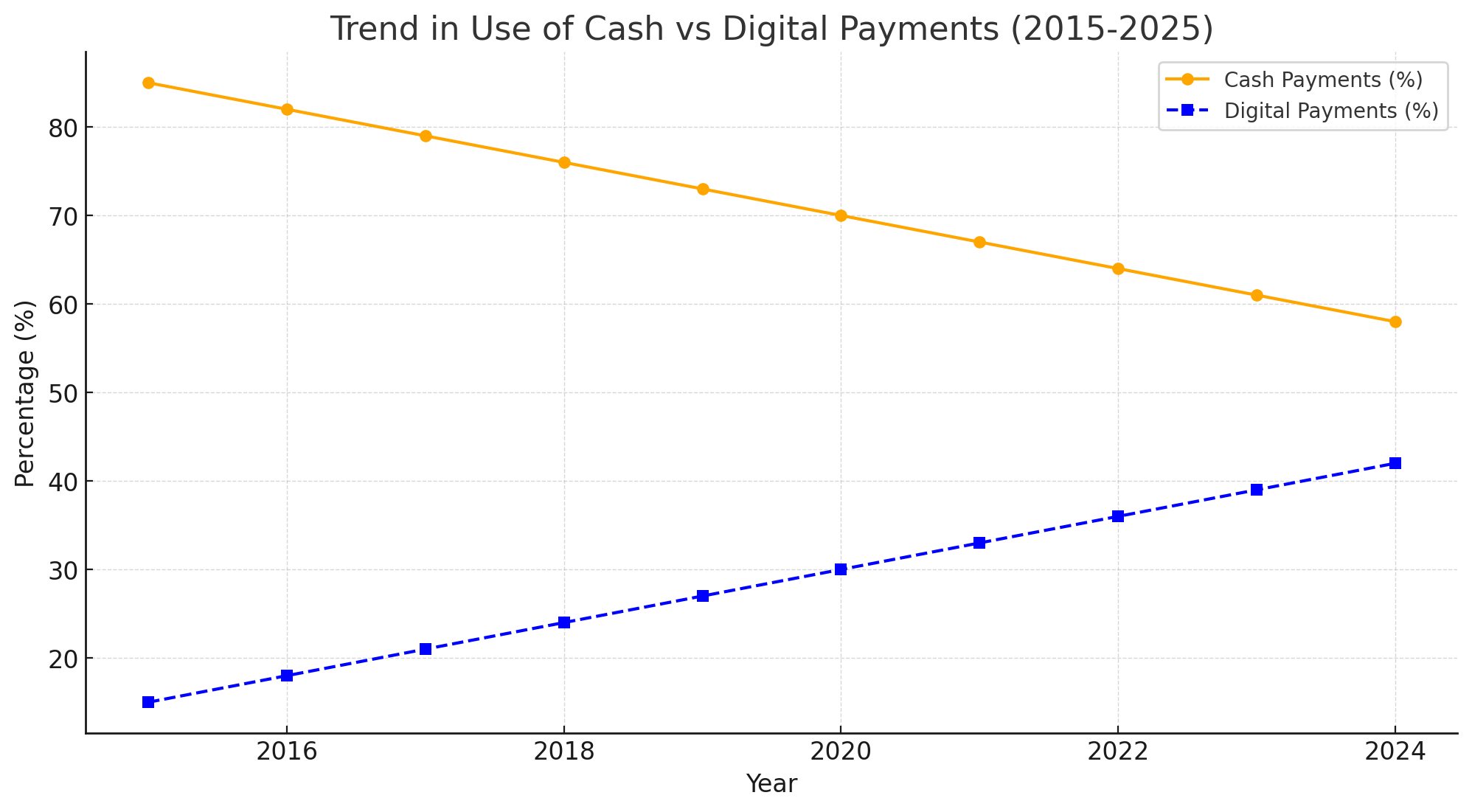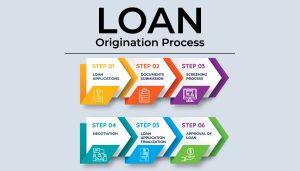In The Post
The financial services landscape has undergone rapid digitization in recent years. Cashless transactions through methods like mobile wallets, online banking, payment apps, and even cryptocurrencies have become widely adopted by consumers and businesses alike. These digital payments transformation has certainly helped convenience and efficiency. However, it has also introduced new fraud risks that cybercriminals are eager to exploit.
As trusted financial advisors, CPAs (Certified Public Accountant) have an enormously significant role to play in fraud prevention and detection within digital payments. By understanding the latest threats and deploying the right tools, accounting professionals can help safeguard both individual and business clients from the growing menace of digital transaction fraud. This article will supply an overview of prevalent payment systems, common fraud tactics, techniques to find suspicious activities, best practices for CPAs to protect clients, and real-world case studies to learn from.
The Rise of Digital Payments
Digital payments refer to any non-cash transactions that use electronic systems to ease the transfer of funds. The major types include:
Mobile Wallets – Mobile wallets like Apple Pay, Google Pay, Samsung Pay have gained tremendous traction in recent years. They allow contactless in-store or in-app payments by adding debit/credit cards to a mobile device that can then be tapped to complete transactions. Mobile wallets use near field communication (NFC) technology and tokenization for security.
Online Bank Transfers – The ability to directly transfer funds between bank accounts digitally via services like wire transfers and ACH payments has become commonplace. Account linking services also help transfers.
Payment Apps – Third-party payment services like PayPal, Venmo, Zelle, Cash App among others have exploded in popularity for peer-to-peer transactions as well as merchant payments. These apps allow easy sending of money between parties.
Cryptocurrencies – Emerging decentralized digital currencies like Bitcoin, Ethereum, and stablecoins offer an alternative payment avenue. Cryptocurrencies use blockchain ledgers and advanced encryption for security. Their adoption is still limited but growing.
This transition towards electronic and mobile payments supplies significant convenience and speed compared to paper methods like checks, money orders, or cash. However, CPAs must stay updated on the latest technologies and best practices to properly advise clients on adoption and security.
Prevalent Fraud Tactics Targeting Digital Payments
Unfortunately, fraudsters have been quick to devise schemes aimed at exploiting vulnerabilities in new digital payment systems. Some of the most common tactics include:
Phishing Attacks – This involves using extremely convincing spoofed emails and fake websites impersonating legitimate businesses to trick users into revealing login credentials, account details, card numbers and other sensitive information that can enable access.
Account Takeovers – Once fraudsters have obtained login credentials through phishing or security breaches, they can gain access to existing accounts. They then start unauthorized transactions and transfers.
Fake Mobile Apps – Scammers develop malicious mobile apps impersonating real payment apps and distribute them outside official app stores. The fake apps are engineered to capture user data.
Unauthorized Transactions – Within accounts that have been compromised, criminals can transfer or withdraw funds undetected to their own accounts or wallets.
Identity Theft – Stealing personally identifiable information to open fraudulent payment accounts that they can access.
Transaction Manipulation – Intercepting legitimate transactions and altering amounts or recipient details as payments are processed.
As digital finance continues evolving, so will the fraud schemes be targeting these systems. CPAs must stay vigilant of emerging threats.
Techniques for Detecting Digital Payment Fraud
Thankfully, CPAs can use various tools and techniques to detect suspicious activities:
Activity Monitoring – Specialized software can automatically track payment transactions, analyze patterns, flag abnormal behaviors, and generate alerts based on predefined rules and risk criteria.
Behavioral Analytics – AI (Artificial Intelligence) and machine learning algorithms can be applied to analyze payment transaction histories and detect anomalies indicative of fraud in real-time. Models find risky deviations.
Transaction Pattern Analysis – Experts can manually review transaction logs, statements, and histories to find suspicious trends like changed recipient account numbers or abnormal transfer amounts.
Multifactor Authentication – Requiring an added step beyond just a username and password to log in such as biometrics, security keys, or one-time codes sent to a user’s mobile device makes unauthorized access extremely difficult.
Transaction Alerts – Account holders can be notified in real-time of certain activities via email or SMS so fraud can be promptly reported before severe damage is done.
Reconciliation – Frequently reconciling accounts and transactions can name discrepancies and unusual payments for further investigation.
Client Education – Proactively informing clients of risks makes them more vigilant in watching their own payment activities and reporting issues promptly.
With a combination of technological safeguards, analytics, reconciliation, and education, CPAs can take a layered approach to detecting digital payment fraud.
Best Practices for CPAs to Protect Clients
For both individual and business clients, CPAs are uniquely positioned to supply guidance around payment security:
Assess Fraud Risks – Conduct periodic risk assessments of clients’ payment environments, weak points, and fraud scenarios to quantify exposures. Develop risk mitigation strategies.
Recommend Internal Controls – Advise separation of payment duties, two-person authorization protocols, strong access controls and policies to prevent insider risks.
Encourage Tech Safeguards – Ensure clients implement the latest encryption, firewalls, antivirus, and tokenization to secure payment systems and accounts. Work with their IT (Information Technology) teams.
Conduct Security Audits – Perform regular external and internal audits of payment processes to find vulnerabilities proactively.
Promote Education – Continuously educate clients on emerging fraud tactics, red flags, reporting procedures, cybersecurity best practices, and software updates.
Reconcile Accounts – Recommend increased payment account monitoring and reconciliation frequency to detect unauthorized transactions promptly.
Report Incidents – Help clients report fraud events to financial institutions at once to limit damage and increase recovery likelihood. Preserve evidence.
Review Insurance – Ensure applicable cyber insurance and bonding policies are in place to protect against digital payment losses.
With this multilayered approach, CPAs can significantly strengthen clients’ fraud prevention and detection capabilities.
Real-World Case Studies and Lessons Learned
Analyzing real-world examples of digital payment fraud supplies tangible lessons for prevention:
Business Email Compromise Scheme
Fraudsters infiltrated the email account of a company’s CFO (Chief Financial Officer) and mapped their finance department’s processes for six months. The criminals then impersonated the CFO sending wire transfer requests to payroll and had $500,000 redirected into their accounts.
Lesson – Implement identity verification procedures for significant money transfer requests, use video conferencing confirmation, and set up call-back protocols.
Invoice Fraud Scam
A small business had several vendor payment requests intercepted and the bank account numbers changed to route funds into a criminal’s account. Over $100,000 was stolen before being noticed.
Lesson – Closely verify invoice payment details, never update numbers based solely on email communications, and call vendors to confirm.
Account Takeover Heist
An individual’s bank login credentials were compromised after reusing the same credentials on a phishing site. The criminal gained access to his bank account and routed $75,000 into other accounts via wire transfers.
Lesson – Ensure unique complex passwords across all accounts and enable multifactor authentication for extra protection.
Cryptocurrency Theft
A man stored cryptocurrency on a virtual wallet hosted by a crypto exchange that got hacked. $200,000 in crypto coins were stolen from his wallet after the exchange’s security was breached.
Lesson – For significant holdings, use cold storage hardware wallets instead of storing on vulnerable exchanges long-term.
The lessons from these real cases inform stronger protocols and controls for a multi-layered defense.
The Future of Payment Security
As payment technologies and fraud tactics continue evolving in sophistication, there are several predictions for the future:
AI and Machine Learning – Advanced AI algorithms will enable real-time detection of extremely subtle suspicious patterns in payments activity and block fraudulent transactions preemptively.
Biometrics – Widespread use of fingerprint, facial, and voice recognition instead of passwords will make stealing credentials and account access exponentially harder for criminals.
Cryptographic Defenses – Broad adoption of encrypted tokens, blockchain protocols, and other advanced cryptographic security measures will supply added layers of protection and credibility for legitimate transactions.
Decentralized Identity – Self-sovereign digital identity schemes will help combat identity fraud by giving users ownership over their identity and selective disclosure.
Automated Reconciliation – AI-powered workflows will automatically reconcile payment transactions, detect anomalies, and generate reports for audits to end manual effort.
CPA (Certified Public Accountant) Guidance – CPAs will continue advising clients on prudent fraud precautions, assess emerging solutions, and help shape a secure payment environment as technologies develop.
Conclusion
In summary, digital payment systems deliver tremendous convenience but also introduce new fraud risks that CPAs must help clients address. By combining ongoing client education, technological safeguards, robust monitoring, reconciliations, and compliance best practices, accounting professionals can supply invaluable guidance in the digital age. With vigilance and preparation, CPAs will rise to meet the challenges of evolving payment tech and fraud schemes.







